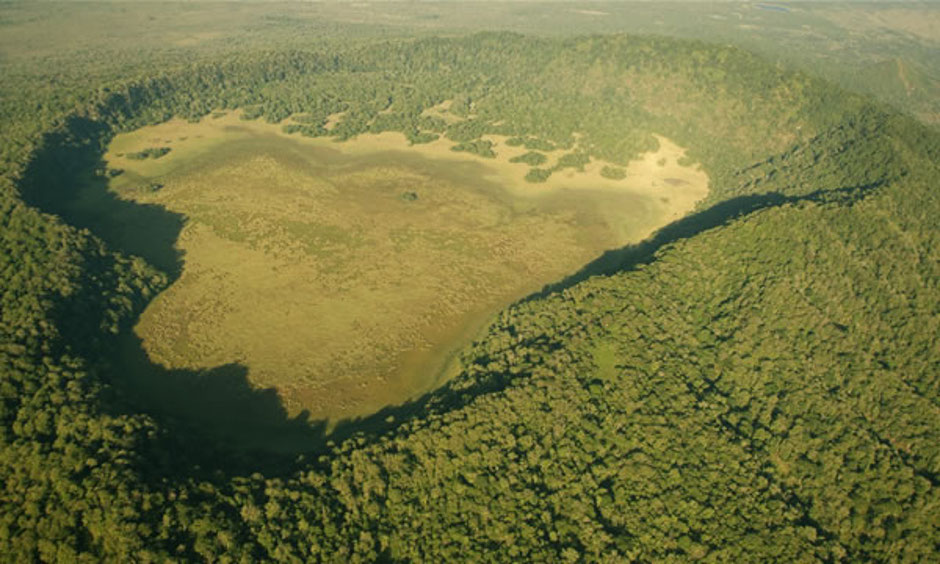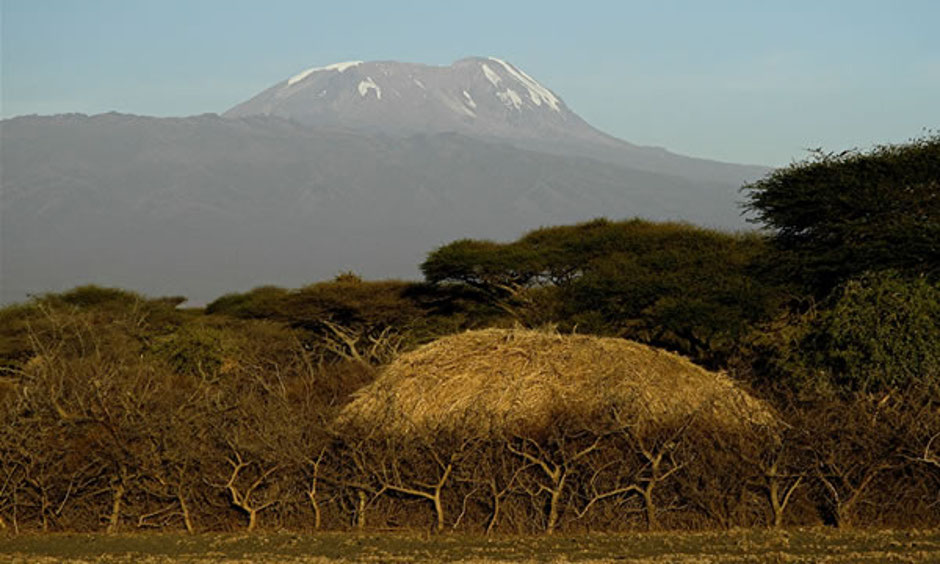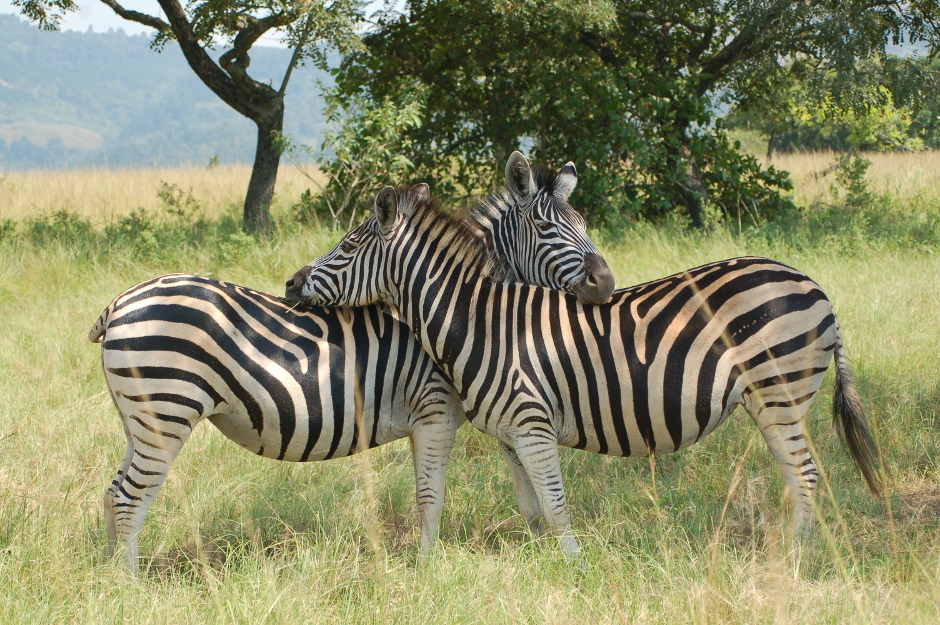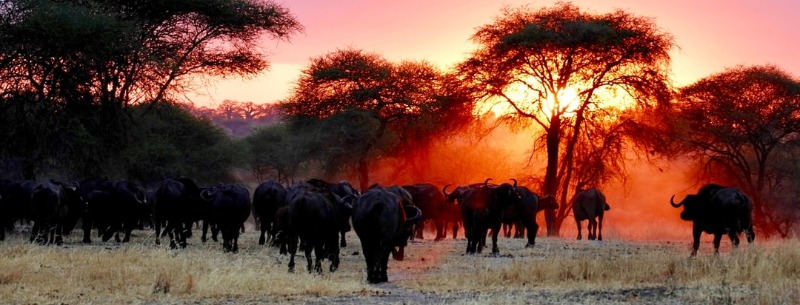Tanzania Vacation Guide
From the endless plains of the Serengeti to the snowy peak of Mt Kilimanjaro, from the tropical spice island of Zanzibar to the bustling city of Dar es Salaam, from the fierce Maasai tribes in the north to the Hadzabe bushmen at Eyasi, Tanzania is made up of huge cultural and natural diversity – the holiday maker’s dream.
Zanzibar and Pemba are Tanzanian islands in the Indian Ocean, see our Indian Ocean Islands pages for more information.
Over a quarter of the country of Tanzania is made up of national parks, and Tanzania is committed to the preservation and conservation of Africa’s wilderness and animals. The Ngorongoro Crater has been dubbed The 8th Wonder of the World. The famous Serengeti is home to the annual wildebeest migration, Tarangire National Park is famed for its elephants, and you are likely to see tree-climbing lions if you visit Lake Manyara.

Other lesser-known national parks like the Saadani Game Reserve will guarantee you a rewarding, off-the-beaten-track experience. Tell Close Encounters Africa about your ideal Tanzanian safari and we can begin helping you with your ideas today.
If you’re an intrepid adventurer and want to go trekking in Tanzania, there are many options available to you. From Mt. Kilimanjaro to Mt. Meru, to long treks through the Ngorongoro Crater area, the Usambaras, or up the active volcano of Ol Donyo Lengai, Tanzania offers you lots of challenges.
If you want to end your safari with a few days relaxing on the beach, why not spend some time on Zanzibar or Mafia Island? Some of the best diving areas in the world can be experienced in this group of islands, with palm-fringed beaches that are clean and tranquil.
Key Points
- Known officially as The United Republic of Tanzania, Tanzania resulted from of the union of two former British colonies, Tanganyika and Zanzibar, in the 1960s
- Tanzania shares land borders with eight other countries, including Kenya, Uganda, Zambia, Malawi, and Mozambique
- Africa’s highest peak, Mount Kilimanjaro, is situated in northeast Tanzania and is popular with both trekkers and climbers
- Tanzania boasts both Africa’s largest lake, Lake Victoria, and its deepest, Lake Tanganyika
- Gombe National Park in the west of Tanzania was the site of Dr. Jane Goodall’s pioneering studies of chimpanzee behavior
- The Zanzibar Islands lie in the Indian Ocean off the east coast of Tanzania and are a popular destination for beach, diving and water sports holidays

Must-see attractions
Tanzania is a dream destination, offering a never-ending choice of natural environments to explore and holiday experiences to enjoy. Safari in the world-renowned Serengeti National Park, climb Africa’s highest peak, Mount Kilimanjaro, or laze on a beach on the tropical island paradise of Zanzibar. These are just a few of the holiday delights that Tanzania has to offer.
Kilimanjaro National Park
Mt Kilimanjaro is the highest mountain in Africa and the highest free-standing mountain in the world. The mountain has three extinct volcanoes – Kibo, Mawenzi and Shira. The highest point is Uhuru Peak, on the volcano Kibo, which is 5,895 meters above sea level. A summit climb takes in 5 distinct vegetation zones from savannah grassland to tropical mountain forest, heather moorland to the desolate arctic desert and glacier cliffs. One encounters a wide variety of wildlife, birds and plants during the climb.
Mt. Kilimanjaro Climbing Routes
- Marangu (coca-cola) & Rongai Route (approx 5-day trek)
- Machame, Lemosho, Shira, Umbwe & Mweka Route (approx 5-8 day trek)
Please note, routes are sometimes closed due to weather conditions and erosion.
When to Make the Climb
- January, February, March and September are the best months to climb
- April to mid-June is rainy season
- July and August are good but very cold
- November and December are very cold and very wet
Tarangire National Park
Tarangire National Park is the closest to one’s expectations of Africa, with its acacia stands, clusters of baobab trees and large herds of elephant. It covers an area of 1000 sq miles. Its vast ecosystem stretches from the Maasai Steppes to the Rift Valley, with the Tarangire River, which runs through the center, providing the only permanent water source. Trips to Silale Swamp and Lamarkau are recommended.
Salous Game Reserve
Selous Game Reserve is the second largest on earth, covering 21000 sq miles, and is a designated UNESCO World Heritage Site. It has a varied terrain of woodland, grassland plains, and rocky outcrops. Much of it is inaccessible, but walking safaris can be taken from the camps in the reserve. The best time to go is between June and October. The Rufiji River runs through the north-eastern sector of the park, with a collection of luxury camps along the banks.
Ruaha National Park
The Ruaha National Park is a relatively unexplored game and bird sanctuary covering 5000 sq miles. It lies between two rivers: the Njombe River and the Ruaha, which flows along the entire eastern border. During the dry season from July to December, there is a large concentration of game along the river. Three main areas of interest have been opened up: along the Ruaha River a drive of great scenic beauty, the Mdonya woodlands for antelope, and the Mbage Mwagusi track for elephants.

Ngoronoro Conservation Area
5000 sq miles of primeval hills surround the Ngorongoro Crater and Highlands and make up the conservation area.
Ngorongoro Crater
The Crater is 120 sq miles in area and is considered to be the eighth wonder of the world, containing its own ecosystem within the natural amphitheater created by the 2000 ft high cliffs that surround it. It is also home to some of the few remaining endangered Black Rhino, the big five and many varieties of wildlife, plant life, and insects. Butterfly species are abundant.
Olduvai Gorge
The Olduvai Gorge is popularly known as “the cradle of mankind”, as it is where Louis and Mary Leakey discovered the remains of early man, believed to be 1.8 million years old. There is a small museum and information center which are well worth a visit.
Serengeti National Park
Serengeti means “endless plains”, and it covers an area of 5700 sq miles and supports over four million mammals and birds, the greatest concentration of wildlife on the planet. The gentle Maasai people still live here working the land, as they have done for thousands of years.
In the Seronera area, south of the park, kopje outcrops of small granite rock formations appear out of a sea of grass, and provide homes for various wildlife and offer lookout points.
To the north of the park, in the Grumeti area, is the start of the Wildebeest Migration. From December to February is the birthing in Southern Serengeti, in May-June the dry season where herds head to the west towards Lake Victoria, crossing the Grumeti River into the Maasai Mara in Kenya.
Lake Manyara National Park
Nestled at the bottom of the Great Rift Valley, the Lake covers two-thirds of the 125 sq miles of parkland and is believed to have formed 2 or 3 million years ago. There is a high soda content in the lake, which attracts large flocks of flamingo. Here there are also groups of baboons and a large population of boisterous hippo.
There is a great diversity of landscape, from open grasslands to hot water springs, riverine forest to swamps and rocky outcrops, each supporting an array of wildlife. It’s at the Lake Manyara National Park that you might encounter the infamous “tree climbing lions” finding peace from the heat and escaping from the elephant and buffalo herds.

When to visit
The climate in Tanzania is hot and dry with very low humidity and as it is so close to the equator, temperatures remain fairly constant throughout the year.
Tanzania’s climate
As it is so close to the equator, Tanzania enjoys a fairly constant climate throughout the year, although the rainy season in April and May is best avoided. The snow-covered slopes of Kilimanjaro are an exception, but the remainder of the country is home to a tropical climate with high temperatures and increasing humidity, especially in the coastal areas, until the heavy rains come in April.
These main rains start in early April and carry on until June; this period is not recommended for beach holidays, although safaris in the North are still fantastic, and excellent value for money.
Tanzania also has a light rain season that takes place through November. This is known as the ‘short rains’, which are often little more than a fresh downpour for a short period each day, followed by clear sunshine.
From December to March the weather becomes increasingly hot and humid before the rains return in April to replenish the lands once more.
Mahale, Katavi and the remainder of the Western Parks are at their best from August to the end of October, when game viewing is at its best.
The best time to go on safari
The best months for watching the Great Migration swathe across the plains of the Serengeti are from May to July when the plains are fresh and green, and November to March when the wildebeest return to calve.
The southern parks are good for game watching all year round, although conditions are especially good in the dry months from July to October, which in our view is the best time to visit the country.

